Fast-track bill: Which projects could be approved for quicker consent?
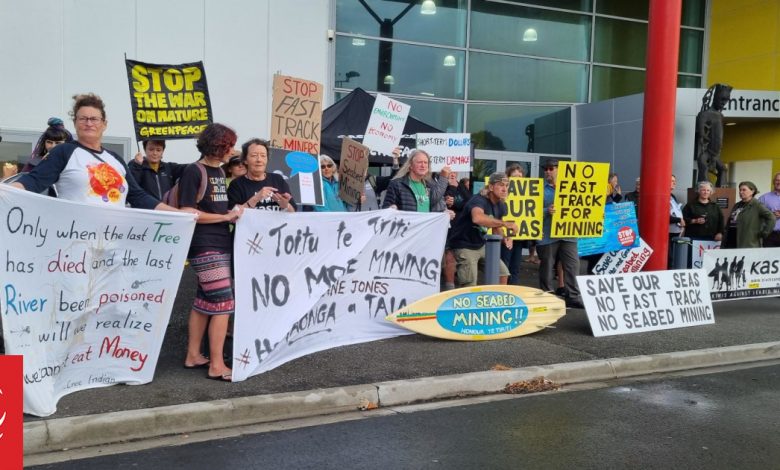
A collection of dams, mines and roading projects – some dead in the water, others bogged down in court proceedings – look set to be given a new lease on life by the government’s new fast-track approvals bill.
There is consensus among environmental advocates around the country on which projects are most likely to try their hand at a path of lesser resistance.
These are the zombie projects which could be brought back to life, or at least find a firmer footing in the new legislation.
Let’s set the scene
The Coalition government has made it clear – it is fed up with environmental protections slowing down, or even preventing, major infrastructure projects.
Minister for Regional Development Shane Jones told the House there had been a change in attitude.
“Gone are the days of the multicoloured skink, the kiwi, many other species that have been weaponised to deny regional New Zealand communities their right to a livelihood, their entitlement to live peacefully with their environment but derive an income to meet the costs of raising families in regional New Zealand,” Jones said.

There are two ways for projects to be approved under the new bill – a list of projects will be automatically fast-tracked when the bill is passed into law, and others can apply later to be considered by an expert panel, and then the ministers for infrastructure (Chris Bishop), regional development (Shane Jones) and transport (Simeon Brown).
Conservation groups have been quick to point out that, no matter the recommendations of the panel, the legislation gives those three ministers final say.
More alarming, they say, is that projects previously rejected by the courts would be eligible to try for fast-track approval.
One law expert told RNZ it was a greater handover of power to ministers than seen in the Muldoon era.
Greenpeace spokesperson Juressa Lee (Te Rarawa, Ngāpuhi, Rarotonga) called it “a perverse process”.
Applications opened on 3 April for those initial projects, and close on 3 May.
Bishop said he had responded to 200 inquiries for information on how to apply. So far, RNZ’s requests for that list of recipients have been denied.
Who’s already thrown their hat in the ring?
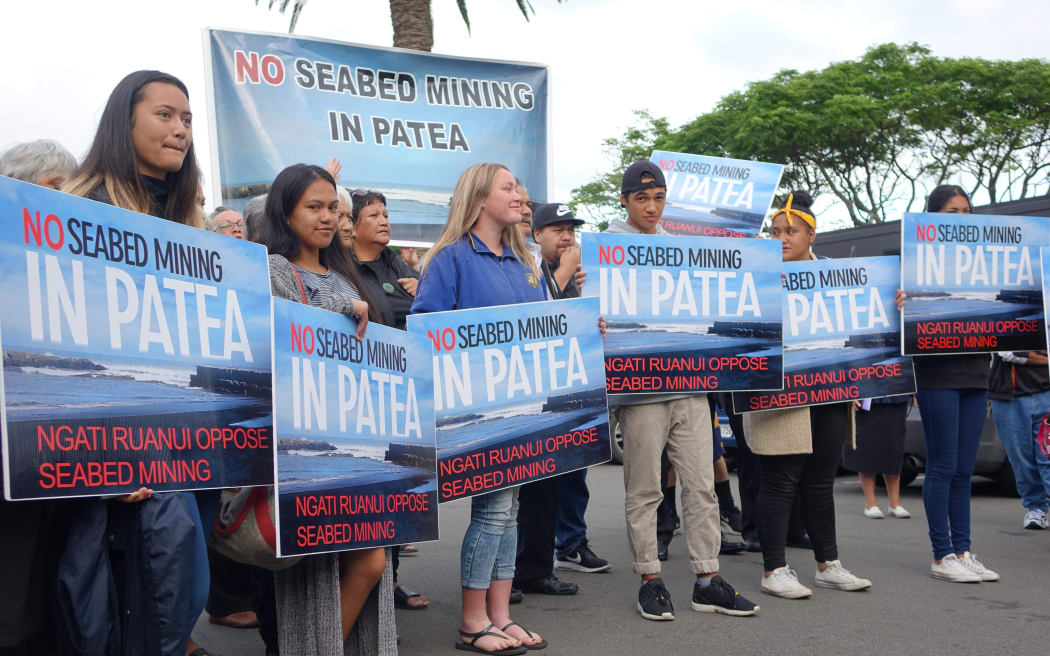
An Australian company fighting for permission to launch an off-shore mining project near Taranaki, Trans Tasman Resources (TTR), has already put up its hand.
Although it might have misinterpreted a generic email from Bishop pointing them towards the application form as a “formal invite”, its intention to apply for its project to be fast-tracked still stands.
It ditched its legal process to gain consent earlier this month, angering environmental advocates who had spent plenty of time and effort crafting responses in opposition.
Lee from Greenpeace said: “By bailing out of the EPA hearings, TTR is continuing to display its arrogant disregard for the justified concerns of mana whenua, the local community, environmental experts and advocates and any care and responsibility for marine life and biodiversity.”
Now, another project has decided not to pursue an appeal.
Te Kuha Mine – West Coast
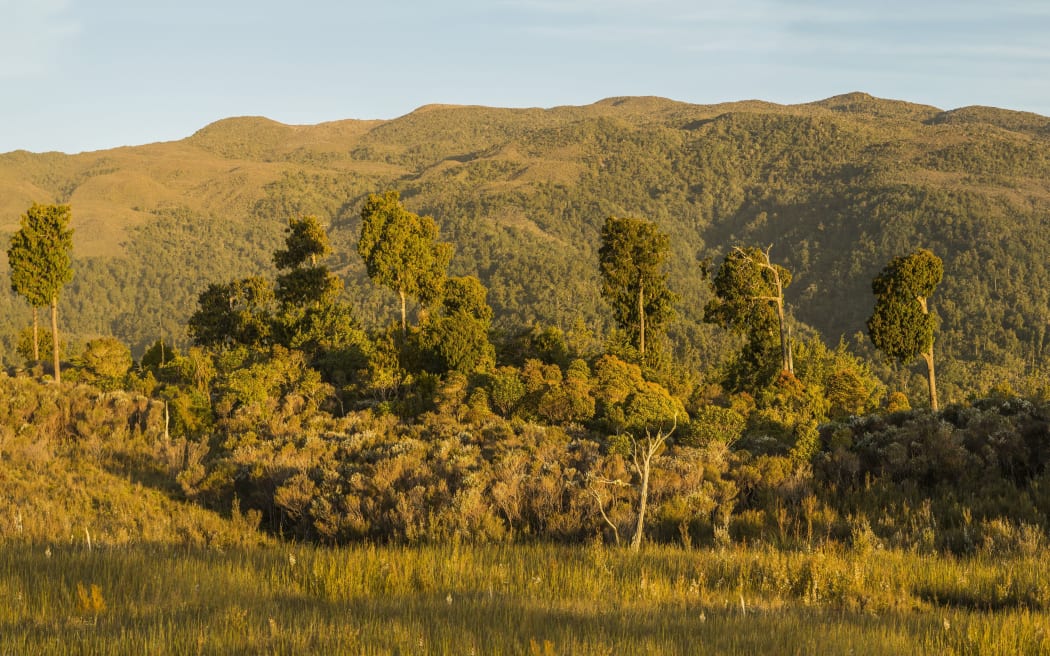
Stevenson Mining has been chasing consent for a coal mine on a mountaintop site near Westport.
The land is home to numerous threatened species, such as roroa great spotted kiwi, South Island fernbird, geckos, and 17 plant species.
Forest and Bird won a case against the mining company in the Environment Court last April, with the court ruling efforts to boost the economic and social wellbeing of the community and mitigate the effects of mining activities did not outweigh the threat to biodiversity, and resource consent should not be granted.
Now, opponents are worried its decision not to appeal signals an intention to try for a spot on the fast-track approvals list.
Forest and Bird group manager Richard Capie did not believe it was not a coincidence.
“I don’t think Stevenson Mining has suddenly come to its senses and decided that a 150-hectare mine on a stunning part of New Zealand with incredibly rare eco-systems is a bad idea.”
The way the bill allowed projects, which the judicial system had already halted, to potentially gain approval was problematic, Capie said.
More mines… this time, in the Coromandel
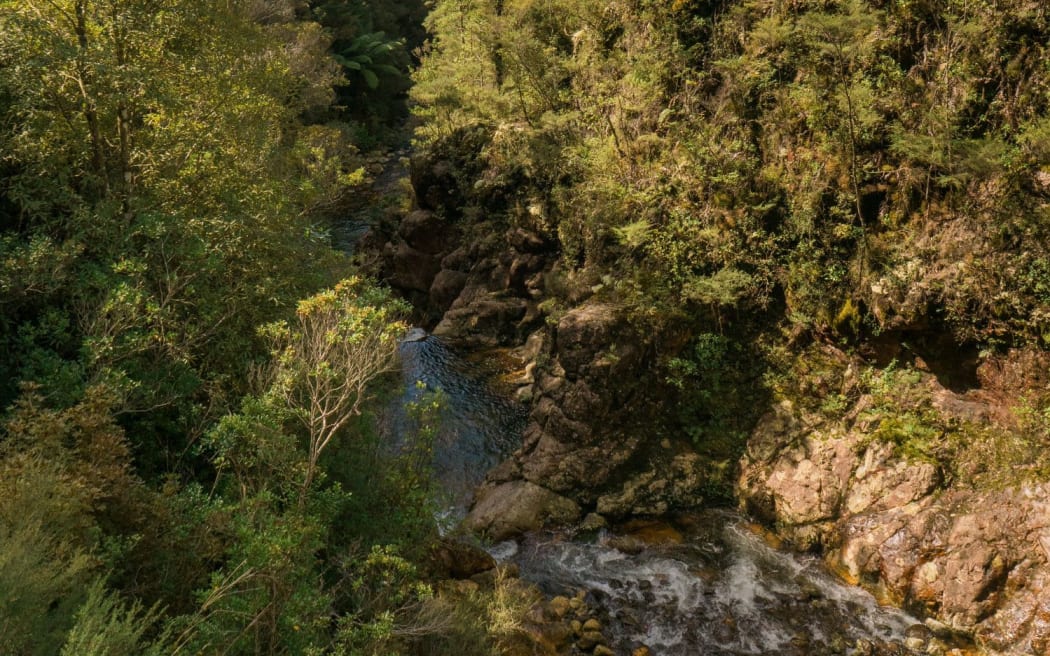
OceanaGold, a mining company with portolios in the United States, Philippines and New Zealand, has been eyeing a piece of conservation land in Wharekirauponga Forest Park in Coromandel, with plans to mine underneath it for gold.
The land is home to the Archey’s frog, which Shane Jones referenced in a speech in Parliament late last year.
“In those areas called the Department of Conservation estate, where it’s stewardship land, stewardship land is not DOC land, and if there is a mineral, if there is a mining opportunity and it’s impeded by a blind frog, goodbye, Freddy.”
Augusta Macassey-Pickard, coordinator for the environmental group Coromandel Watchdog of Hauraki, said they were “really, deeply concerned what the implications for fast-track might have for a proposal like this”.
OceanaGold had “been very clear that if the bill proceeds then they would be absolutely looking to use the fast-track to get their project across the line,” she said.
“They are very, very aware of the overwhelming community opposition to that project.”
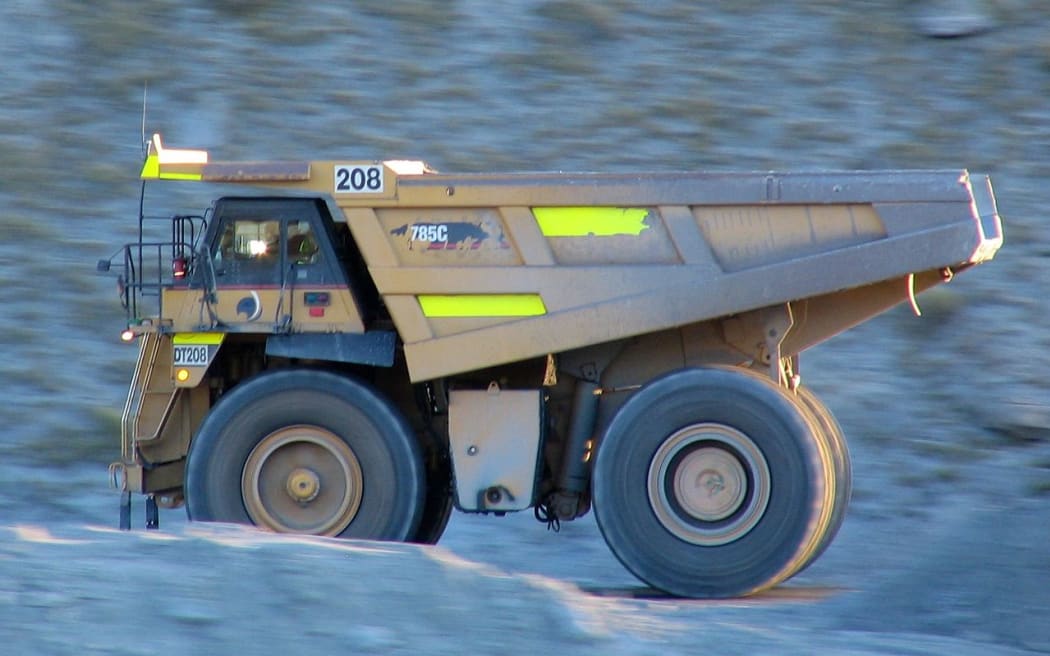
She did not believe the new bill would provide the rigorous checks and balances required for a project of this magnitude.
OceanaGold New Zealand legal and public affairs senior vice president Alison Paul said they welcomed the legislation.
“The company has been advocating to Members of Parliament for many years, for a regulatory process that enables projects that can prove economic benefit as well as important environmental, cultural and social protections to proceed,” she said in a statement.
She said the company had contributed significantly to the economy for 35 years, and would continue to engage with stakeholders and seek public feedback on projects
The Ruataniwha Dam – Hawke’s Bay
Controversial plans to flood an area of the Ruataniwha Plains in Central Hawke’s Bay to store water are still on the table, and the group which owns the plans are waiting for the government’s next move.
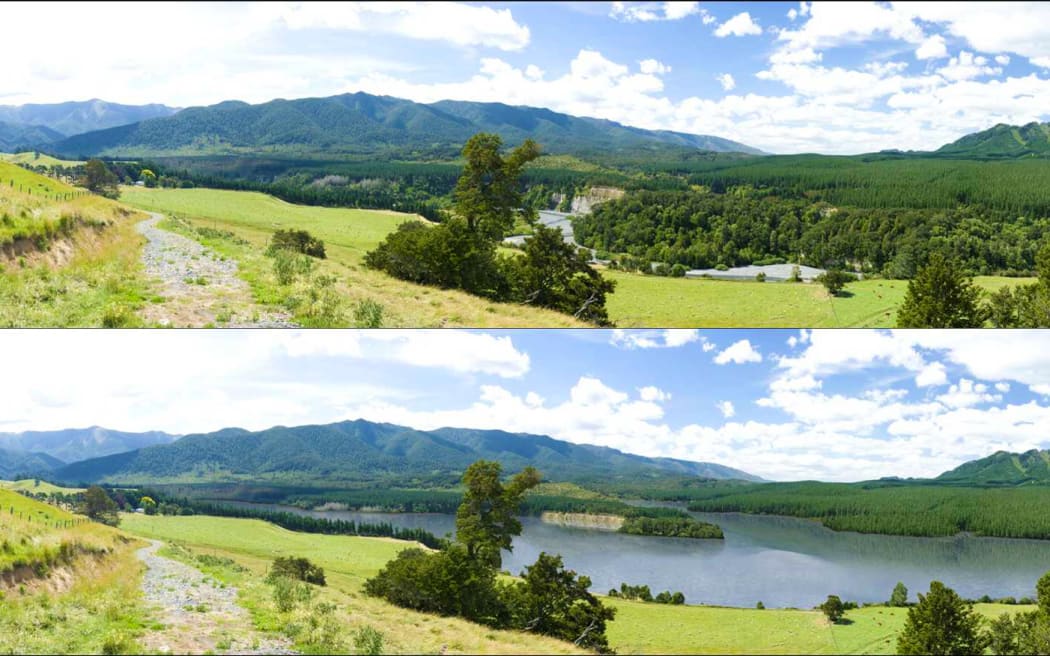
Hugh Ritchie, director of Water Holdings, the private group which bought the consents and intellectual property off the council in 2018 after the project failed in the Supreme Court, said they were waiting to see the details of the finished legislation.
“We’ve got to wait and see what this legislation looks like and where it goes, but certainly we’ve been discussing what we would need to maybe get this project off the line.”
Initial signs were positive.
“The government has indicated that they’re willing to consider all these things to enable water storage,” Ritchie said.
Luxon previously told Hawke’s Bay Today dams were “absolutely critical” for productive land, and “his coalition Government was united on their importance”.
But right now, Ritchie said there were “big parts of the puzzle” missing before they dedicated any more time and money developing the plans, and once they got back underway, years of work would follow before the dam was finished.
“Water Holdings is just keen that things are moving, and that some of the road blocks are being looked at.”
When the project went to court, the necessary plan for the Department of Conservation to swap out some of its stewardship land to free up the dam site was deemed unlawful.
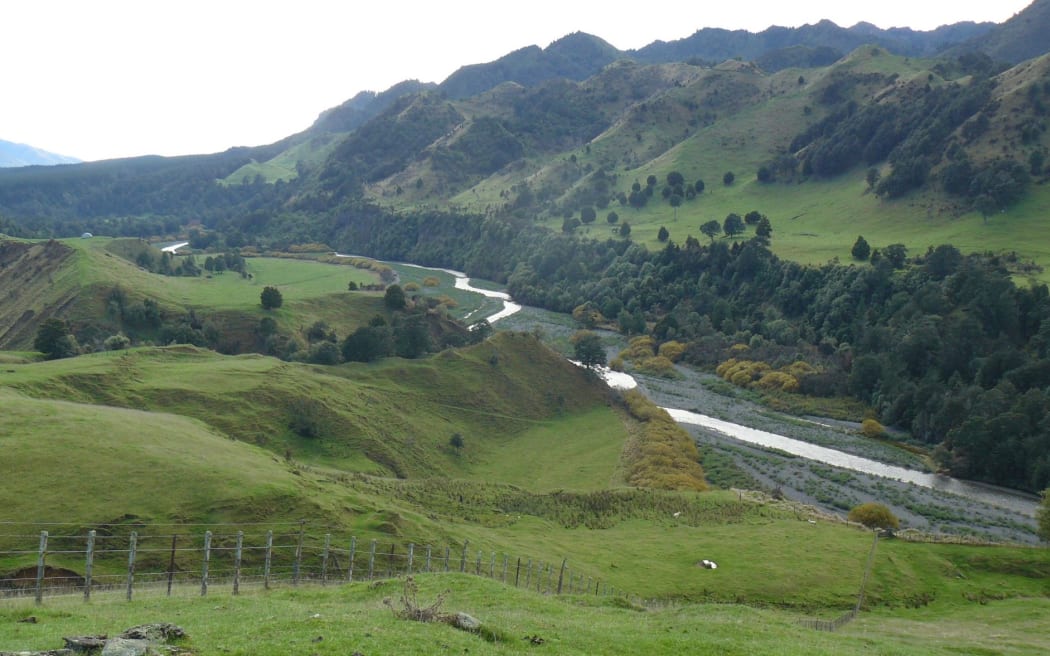
Wise Water Use Hawke’s Bay spokesperson Trevor Le Lievre said it was not clear how the legislation would help the dam, because it already had its consents.
The issue was the 2017 Supreme Court decision preventing the land swap.
“There may be the opportunity to reapply for consents with less onerous conditions, but that’s not clear at this stage,” Le Lievre said.
It left sundry problems: who would pay for the dam’s construction, which by now could have a near-billion dollar price tag. Where would the labour come from?
And who would eventually buy the water? Le Lievre said about 130 farmers signed up when the dam was first proposed, when the quoted price was 26 cents a cubic metre, and that was the subsidised rate.
“Even local farmers we’ve talked to are saying they’ve done the sums,” Le Lievre said. “To actually make money out of that dam, the prices they’d have to pay for it, they’d have to get into some form of intensive farming, most likely dairying, and you’re having to use three times as much water for as much return.”
Roads – a national priority
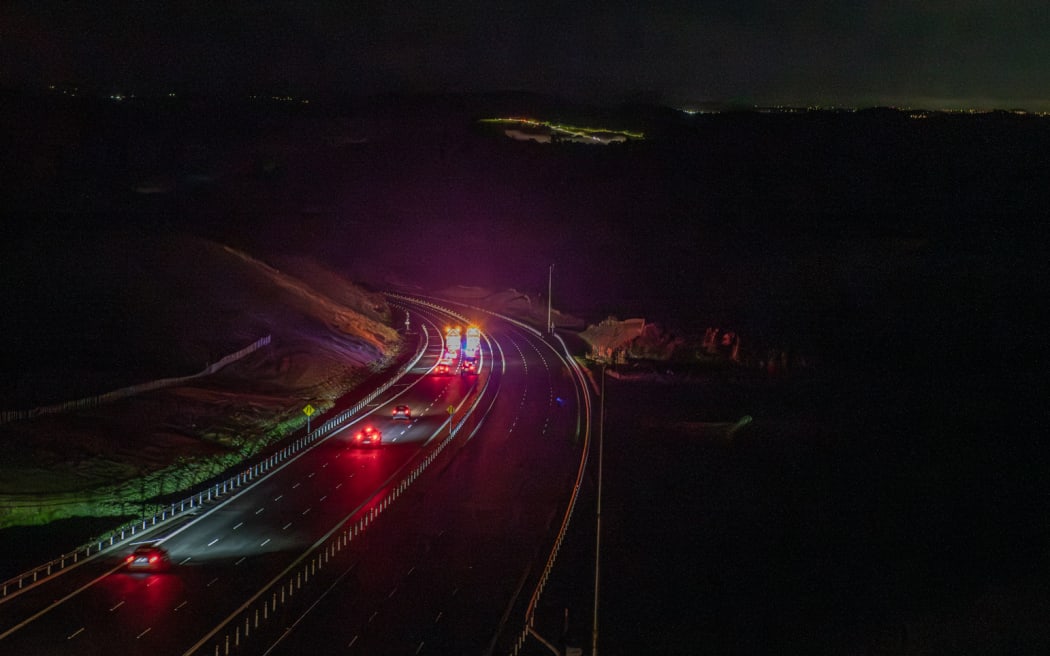
The Coalition government has made no secret of its desire for bigger, better, faster roads.
In March, Simeon Brown said in a press release about the 15 “Roads of National Significance” (RoNS): “Legislation is already underway to provide fast-track consenting approvals. We expect this to support major transport projects … like the RoNS.”
Infrastructure New Zealand chief executive Nick Leggett said when it came to the fast-track approvals bill, roads were “absolutely going to be part of the mix”.
Fast-tracking roading projects could save significant up-front costs and give communities benefits sooner, he said.
“We know from recent examples, particularly State Highway 25A at the Coromandel, that if you do things faster, it doesn’t mean you have to compromise your standards.”
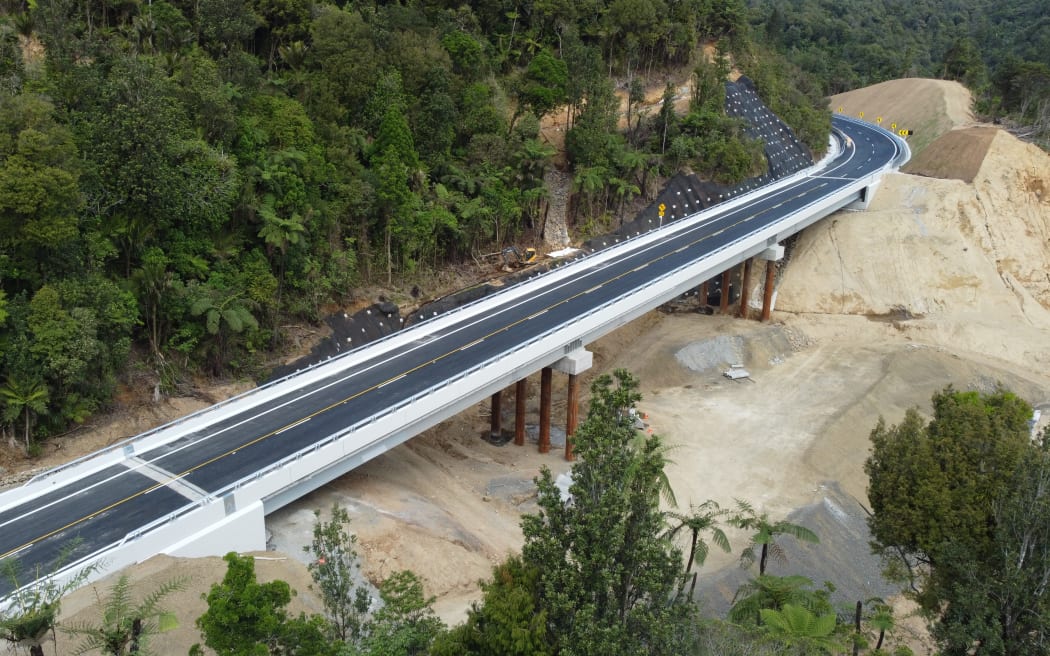
He expected projects to provide raw materials for roads would also qualify for the fast-track process.
“What we know is that our major cities don’t have close quarries,” he said.
“Cities are where the majority of the growth is in New Zealand and where much of the aggregate that’s required for roading and other structures, so it’s going to be vital that we use this fast-tracking legislation to help us with the components that are required to build good infrastructure.”
The public can submit their feedback on the new bill until 19 April.
According to the news on Radio New Zealand




